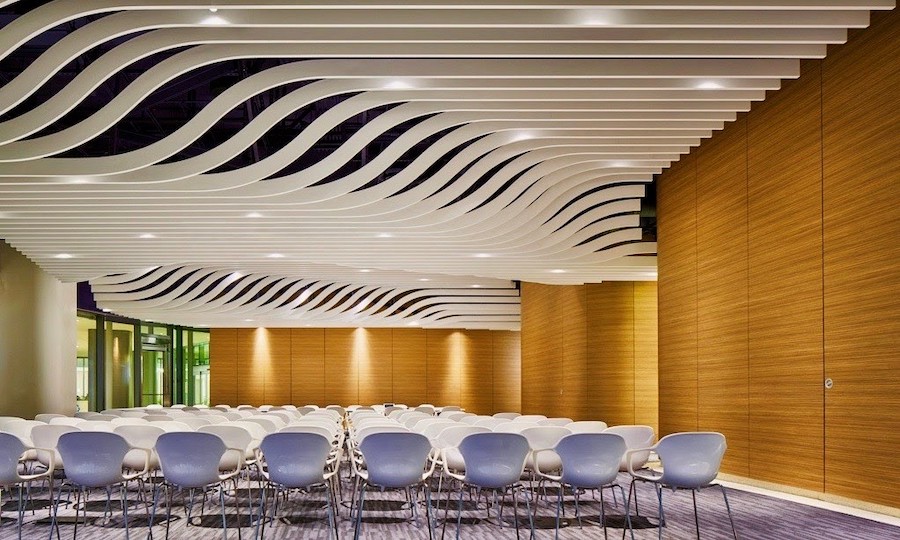Curriculum
Overview
At a minimum, residents should have the following experience over the course of 4 years:- Body: 24 weeks
- Chest: 12 weeks
- Cardiac: 4 weeks
- MSK: 12 weeks
- Neuro: 12 weeks
- Breast: 12 weeks
- Nuclear Medicine: 16 weeks
- Pediatrics: 12 weeks
- Interventional: 8 weeks
- Night Float: 16 weeks
- VA ER: 4 weeks
- AIRP: 4 weeks
Nuclear Medicine Pathway: If selected for this track esidents in this pathway will have 8 additional months of nuclear medicine mostly in the R4 year.
Early Specialization in IR (ESIR): For IR interested residents who want to match into DR, but are undecided between a DR and IR subspecialty career.
Must enter ESIR pathway at the end of the 2nd year of residency. Same exact curriculum as IR Integrated (if you stay for independent).
Two ESIR positions available each year. There will be a selection process if more than two candidates are interested.
Global Health Track: This track is intended for residents interested in becoming engaged and active in the fight to decrease local to global healthcare inequities as they relate to imaging.
Additional Curriculum Information
Conferences

George Leopold Club: Named after a former department chair and an avid educator, Leopold Club is a cherished tradition in which first year residents learn the fundamentals of radiology from subspecialty attendings. The curriculum reviews the entire Brant and Helms' Fundamentals of Diagnostic Radiology in a weekly relaxed small group setting.
Megaconference: Held every Wednesday from 2:45 to 5 pm. These lectures include faculty-led core didactic lectures, interactive case-based conferences, and a comprehensive radiology physics curriculum to develop a foundation for residents' training. CORE lectures, focused on ABR Core examination preparation, are scheduled throughout the year during megaconference.
Noon Conference: Every Tuesday through Friday, residents participate in a noon conference led by radiology faculty, periodically "hot seat"-style, giving residents the opportunity to discuss challenging cases in front of their peers.
CQI (Continuous Quality Improvement) Conference: Once per month, teaching cases and "good calls" from residents and fellows on the evening and night float rotation are presented by residents and faculty. This reinforces continuous quality improvement and offers guidance and valuable teaching pearls for the other residents while rewarding residents for "good calls."
Journal Club: Once per month, residents lead discussions about peer-reviewed research and hot topics in the current literature.
Grand Rounds: The radiology department gathers twice monthly for departmental grand rounds. The grand rounds curriculum is designed to expose radiology faculty and trainees to a variety of current and relevant topics and includes renowned speakers from other institutions, non-radiology UCSD faculty, and current or former UCSD radiology faculty members.
Teaching opportunities: Residents and fellows on body, musculoskeletal, neuroradiology, and interventional radiology rotations present interesting cases at section-specific weekly case conferences, giving residents the opportunity to learn from and teach their peers. Occasionally residents also present at multidisciplinary tumor boards at all of our clinical sites, allowing them to gain perspectives from a variety of subspecialists. The chest radiology rotation at the VA Medical Center provides a unique opportunity for first year radiology residents to teach internal medicine interns as they take turns in the "hot seat" reading chest radiographs. Residents also frequently have the opportunity to lecture and mentor medical students as they rotate through our department.
Physics: The physics curriculum is integrated into weekly megaconference with lectures given by medical physicists and nuclear medicine-trained radiologists following The Essential Physics of Medical Imaging by Bushberg.
Core Exam preparation: Months prior to the ABR Core Exam, radiology faculty provide an intensive board review lecture series for third year residents. Residents also have free access to the UCSD Radiology Review Course in Coronado, California and are provided a stipend to attend AIRP during their third year.
Wellness: The wellness curriculum, which includes guest lectures from UCSD and visiting faculty, is offered during the weekly megaconference.
Call Structure
Weekend and Holiday Call: Weekend and holiday call typically begins in July of second year (R2) with residents taking subspecialty call at UCSD and general call at the VA. There is always an in-house attending for each section at both locations. The majority of weekend and holiday call takes place during second year.
ER-PM/Night Float/VA ER: The night float and evening rotations generally begin the second half of second year (R2) and include UCSD evening, UCSD night float, and VA evening shifts. At UCSD, three residents cycle through three supervised ER-PM (evening) shifts alongside a fellow and an attending, three independent night float shifts, and three days off. During night float, there is always a backup attending on call for each subspecialty and a dedicated ED radiologist or teleradiology service for final signing ED cases. At the VA, a resident on a separate rotation, VA ER, reads the evening studies.
Interventional Radiology Call: DR residents take several call shifts when rotating on IR, typically "buddy call" with a senior IR resident.
Vacation
Four weeks of paid vacation are offered per year. Additional leave for illness, family medical emergencies, or maternity/paternity may be taken according to written policy in the UCSD House Officer Policy and Procedure page. Also, whenever you step out of the hospital, you're basically on vacation in San Diego!
